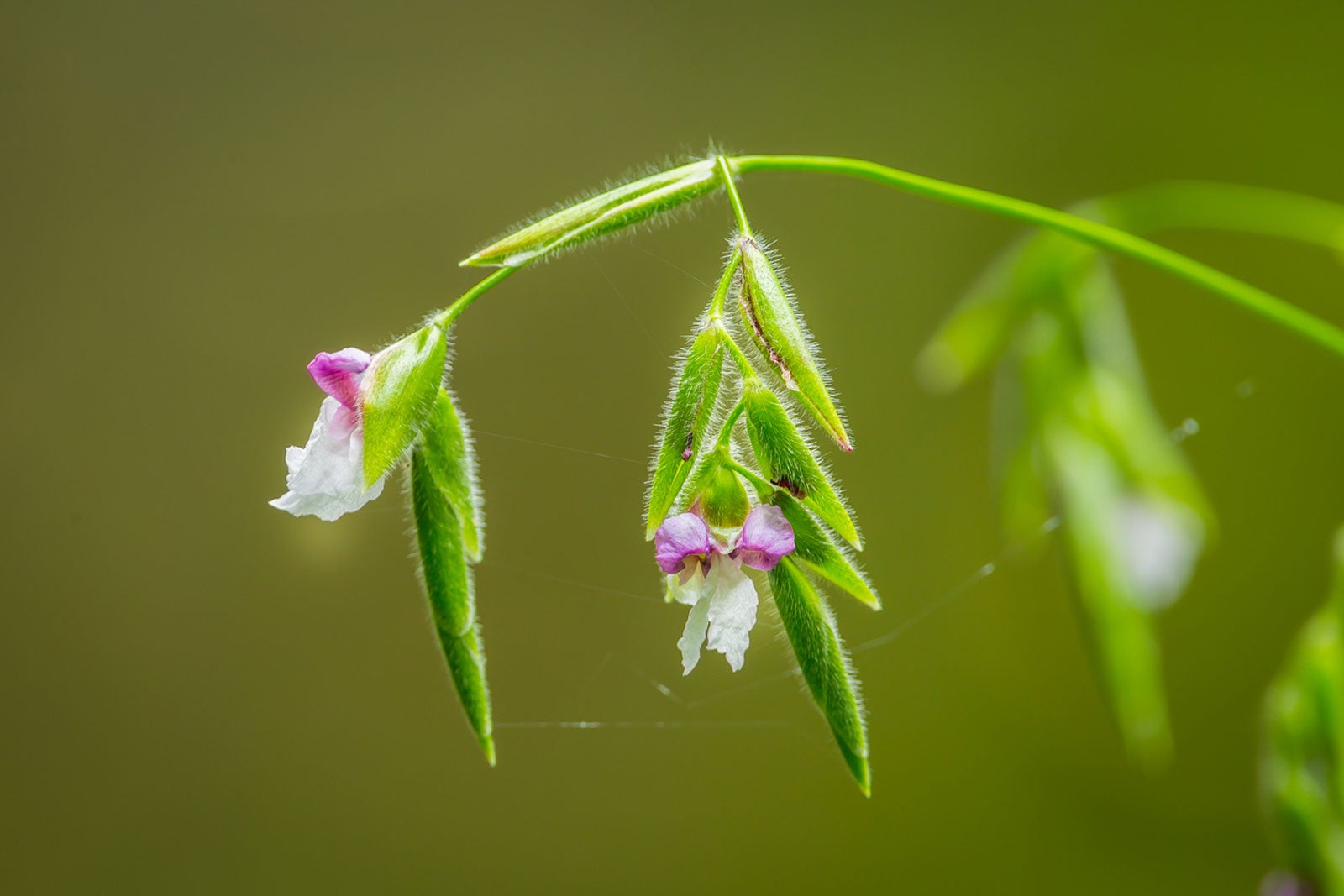Thalia Plant Care – Growing Powdery Thalia Plants


Powdery thalia (Thalia dealbata) is a tropical aquatic species often used as a showy pond plant in backyard water gardens. They're native to the marshes and wetlands in southern states of the continental U.S. and Mexico. Cultivated powdery thalia plants are readily available online and in brick and mortar pond supply stores.
What is a Thalia?
Sometimes called powdery alligator flag or water canna, thalia is a tall perennial which can reach heights of 6 feet (about 2 m.). These name designations come from the white powdery coating covering the entire plant and the resemblance of its leaves to those of the canna plant.
Due to its exotic look, growing powdery thalia in backyard ponds adds a tropical ambiance to water features. The 18 inch (46 cm.) elliptical leaves impart hues of blue and green as they wave atop 24 inch (61 cm.) stems. The flower stalks, standing 2 to 3 feet (61-91 cm.) above the leaves, give rise to a cluster of purplish blue blossoms from late May to September.
Powdery Thalia Plant Care
Choose a location with wet soil for growing powdery thalia. They can be planted on the edge of the pond or submerged underwater to a depth of 18 inches (46 cm.). Thalia prefers a rich, fertile loam and does best when planted in full sun.
Powdery thalia plants propagate by underground stems or rhizomes. Growing these plants in containers prevents them from spreading into unwanted areas and overtaking other plants. Potted thalia can also be moved into deeper water for overwintering. Submerging the crowns under 18 to 24 inches (46-61 cm.) of water should provide adequate protection. In areas north of thalia's USDA hardiness zone 6 to 10, container grown thalia can be moved indoors.
Planting Powdery Thalia Plants
Thalia seeds do not germinate well in outdoor conditions, but seedlings can easily be started indoors. Seeds can be collected from flowering plants after the fruit has turned brown. Shaking the cluster will remove the seeds.
The seeds need to undergo cold stratification before sowing. To do this, place the dry seeds in a moist medium and refrigerate for three months. After this, the seeds are ready for sowing. The minimum ambient temperature for germination is 75 degrees F. (24 C.). Keep the soil moist, but not soggy. The seedlings are ready for transplant at 12 inches (31 cm.) tall.
Sign up for the Gardening Know How newsletter today and receive a free copy of our e-book "How to Grow Delicious Tomatoes".
Vegetative propagation is an easier method for acquiring new plants. Offshoots can be removed any time during the year. Simply cut 6 inch (15 cm.) sections of thalia rhizome containing several growing buds or shoots.
Next, dig a small hole which is wide enough to accommodate the rhizome cutting and deep enough to bury it to a depth of 1 inch (2.5 cm.). Space 2 feet (61 cm.) apart when planting. Young plants are best kept in shallow water with depths not exceeding 2 inches (5 cm.) until they become established.
Although powdery thalia is often thought of as an attractive specimen plant for backyard water features, this amazing plant has a hidden secret. Thalia's appetite for rich, organic nutrients makes it a recommendable species for constructed wetlands and greywater systems. It can handle the influx of nutrients from home septic systems into the ecosystem. Thus, powdery thalia is not only pretty but also environmentally friendly.

Laura Miller has been gardening all her life. Holding a degree in Biology, Nutrition, and Agriculture, Laura's area of expertise is vegetables, herbs, and all things edible. She lives in Ohio.